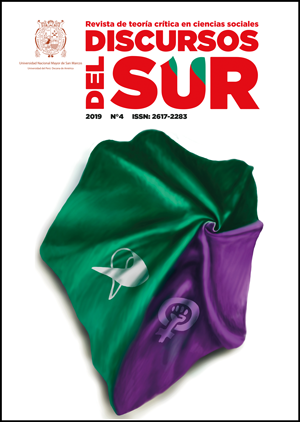Sexual harassment at the university
From denial to acknowledgement and resistance
DOI:
https://doi.org/10.15381/dds.v0i4.16997Keywords:
Sexual harassment, power, violence, universities, institutional culture, womenAbstract
In this article, I propose that sexual harassment has become part of the institutional culture at universities, however socially normalized throughout history. As a consequence of movements such as #Metoo, Notoneless (Niunamenos), No more silence (Se acabó el silencio), and others, female university students, many groups and collectives have gained strength and begun to make political demands for safer educational environments, especially against sexual harassment. This is partly possible since important regulations to stop this form of violence were set in 2018, containing obligations both for public and private universities. I suggest the adoption of regulations is insufficient in order to stop sexual harassment at higher education institutions. It is rather necessary to dismantle the gender institutional cultures that excludes women. To this end, I present the implementation to channel sexual harassment complaints at the Pontifical Catholic University of Peru (PUCP). Denial, acknowledgment and resistance describe this particular process. I propose to examine it, recognizing its achievements and weaknesses.
Downloads
Published
Issue
Section
License
Copyright (c) 2019 Marisol Fernández Revoredo

This work is licensed under a Creative Commons Attribution-NonCommercial-ShareAlike 4.0 International License.
THE AUTHORS RETAIN THEIR RIGHTS:
(a) The authors retain their trademark and patent rights, and also on any process or procedure described in the article.
(b) The authors retain the right to share, copy, distribute, execute and publicly communicate the article published in Discursos Del Sur (in example, depositing the article in an institutional repository or publish it in a book), with recognition of its initial publication in the Discursos Del Sur.
(c) The authors retain the right to make a later publication of their work, to use the article or any part of it (for example: a compilation of their works, notes for conferences, thesis, or for a book), provided that they indicate the source of publication (authors of the work, magazine, volume, number and date).






